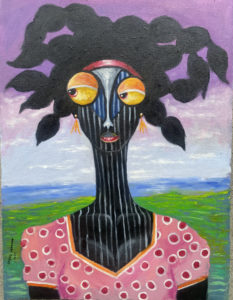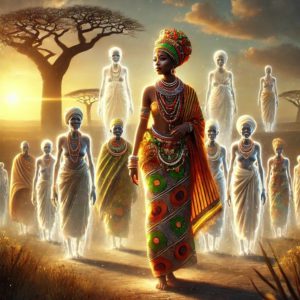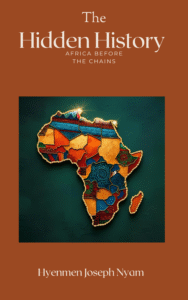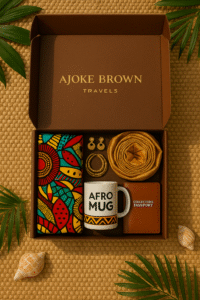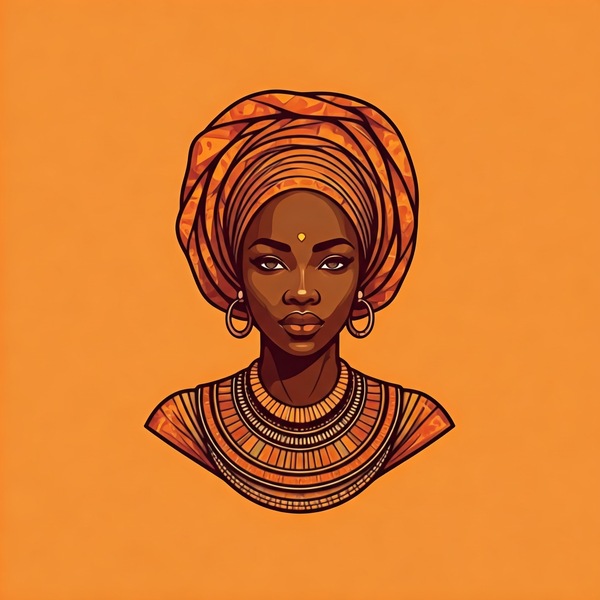Nigeria’s Dynamic Art Ecosystem – Galleries, Auctions, Festivals, and the Future
Nigeria’s art ecosystem is a testament to its creative resilience and dynamism. From the meticulous curation within its burgeoning galleries to the electrifying energy of its art fairs and the growing confidence of its auction market, the scene is a powerful engine driving artistic innovation and global recognition.
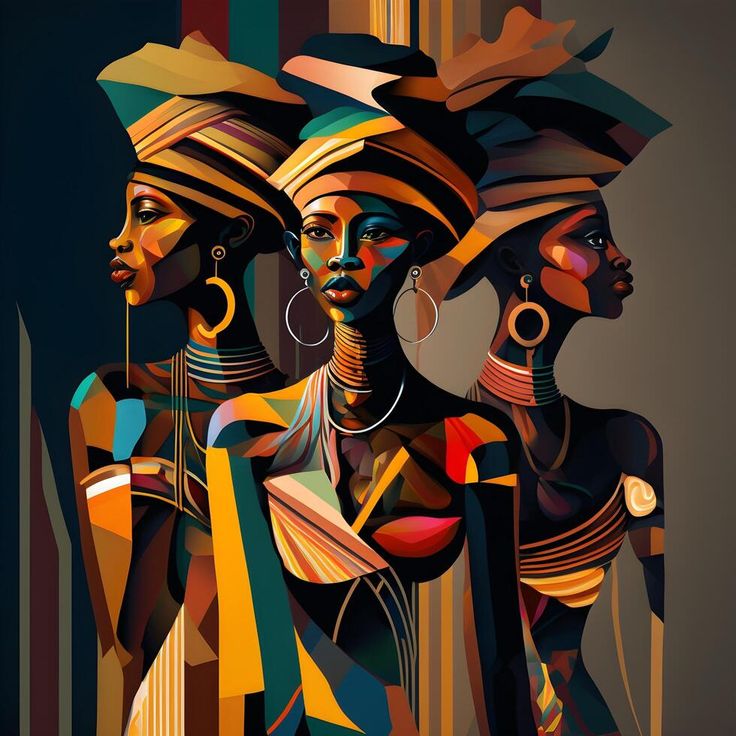
Beyond the dazzling art pieces themselves lies a complex and increasingly sophisticated network that breathes life into Nigeria’s creative spirit: its art ecosystem. Once largely informal, this landscape has rapidly evolved, transforming into a bustling hub of galleries, international auction participation, vibrant festivals, and a growing community of collectors and patrons. Understanding this dynamic interplay—the institutions, the market forces, and the individuals who champion the arts—is crucial to appreciating how Nigerian art has achieved its formidable global standing and where its promising future lies.
The Rise of the Gallery Space: Nurturing Talent and Connecting Artists
For decades, showcasing art in Nigeria was primarily limited to national museums or ad-hoc exhibitions. However, the last few decades have seen a significant proliferation of private and institutional galleries, particularly in major cities like Lagos, Abuja, and Ibadan.
- Pioneering Galleries: Early galleries played a crucial role in promoting Nigerian modernists and providing a platform for artists when formal institutions were scarce. Over time, more contemporary spaces emerged.
- Key Contemporary Galleries: Galleries such as Rele Gallery, Omenka Gallery, Art Twenty One, SMO Contemporary Art, and Terra Kulture (which also includes a cultural center) in Lagos are instrumental. They provide critical infrastructure by:
- Representing Artists: Offering representation and career management for emerging and established artists.
- Curating Exhibitions: Hosting regular exhibitions that introduce new works and artists to the public.
- Fostering Discourse: Becoming intellectual hubs for art lovers, critics, and scholars through talks and workshops.
- Connecting to Global Market: Many galleries actively participate in international art fairs, acting as crucial bridges between Nigerian artists and the global art market.
- Artist-Run Spaces and Studios: Beyond formal galleries, many artists operate their own studios and independent spaces, fostering a vibrant grassroots scene that allows for experimentation and direct engagement with collectors.
The Market’s Metamorphosis: Auctions and International Recognition
The market for Nigerian art has witnessed exponential growth, with a noticeable shift from local patronage to significant international investment.
- Local Auction Houses: The emergence of Nigerian auction houses, such as Arthouse Contemporary (founded in 2007), was a game-changer. These platforms provide transparent avenues for buying and selling art within Nigeria, helping to establish market values and fostering a local collector base. They regularly achieve record prices for both modern masters and contemporary talents.
- International Auctions: Nigerian artists’ works are increasingly featured in major international auction houses like Sotheby’s, Christie’s, and Bonhams (which has a dedicated “Africa Now” sale). This global exposure has propelled Nigerian artists to unprecedented heights, with works by figures like Ben Enwonwu and Njideka Akunyili Crosby fetching millions of dollars, shattering previous records. This signals strong international demand and validates the artistic merit and investment potential of Nigerian art.
- Challenges of the Market: Despite the boom, challenges remain, including issues of provenance, authenticity, and ensuring that the financial benefits truly trickle down to artists and the local art community.
Festivals and Fairs: Showcasing and Connecting
Art festivals and fairs have become vital arteries, injecting energy, fostering connections, and broadening access to Nigerian art.
- Art X Lagos: Launched in 2016, Art X Lagos rapidly established itself as West Africa’s premier international art fair. It serves as a crucial platform for:
- Showcasing Diverse Talent: Bringing together galleries and artists from across Africa and the diaspora.
- Connecting Stakeholders: Facilitating interactions between artists, collectors, curators, and the general public.
- Cultural Exchange: Hosting talks, workshops, and performances that enrich the art dialogue.
- Boosting Tourism: Attracting international visitors and positioning Lagos as a global cultural destination.
- LagosPhoto Festival: As Nigeria’s first international photography festival, LagosPhoto (established 2010) has been instrumental in elevating photography as a major art form, showcasing the work of Nigerian and international photographers and engaging with contemporary social issues through the lens.
- Other Cultural Events: Numerous smaller festivals, art weekends, and pop-up exhibitions continuously animate the scene, ensuring a vibrant and accessible art culture.
The Collectors and Patrons: Fueling the Scene
The growth of the Nigerian art ecosystem is inextricably linked to the emergence of a strong and diverse collector base.
- Local Collectors: A growing number of Nigerian individuals and corporations are actively collecting art, driven by both passion and investment potential. This local patronage is crucial for sustaining the domestic market and providing artists with direct support.
- International Collectors: Global collectors and institutions are increasingly recognizing the artistic and historical significance of Nigerian art, leading to competitive bidding at auctions and acquisitions for major museum collections.
- Diaspora Engagement: The Nigerian diaspora plays a significant role, not only as collectors but also as advocates and bridges between local and international art scenes.
Challenges and Future Opportunities
While the Nigerian art ecosystem is thriving, it faces challenges and holds immense future opportunities:
- Infrastructure Development: The need for more public museums, conservation facilities, and art education programs remains.
- Capacity Building: Investing in training for art administrators, conservators, and curators is essential.
- Digital Transformation: Leveraging digital platforms for online sales, virtual exhibitions, and wider accessibility.
- Government Support: Advocating for more robust government policies and funding for the arts.
- Cultural Preservation: Balancing market demands with the ethical collection and preservation of Nigeria’s vast cultural heritage.
Nigeria’s art ecosystem is a testament to its creative resilience and dynamism. From the meticulous curation within its burgeoning galleries to the electrifying energy of its art fairs and the growing confidence of its auction market, the scene is a powerful engine driving artistic innovation and global recognition. As Nigerian artists continue to tell their compelling stories through diverse mediums, supported by an increasingly robust infrastructure and an expanding community of patrons, the future of Nigerian art gleams brightly, promising to continually enrich the global cultural landscape with its unique perspectives and unparalleled creative force.

